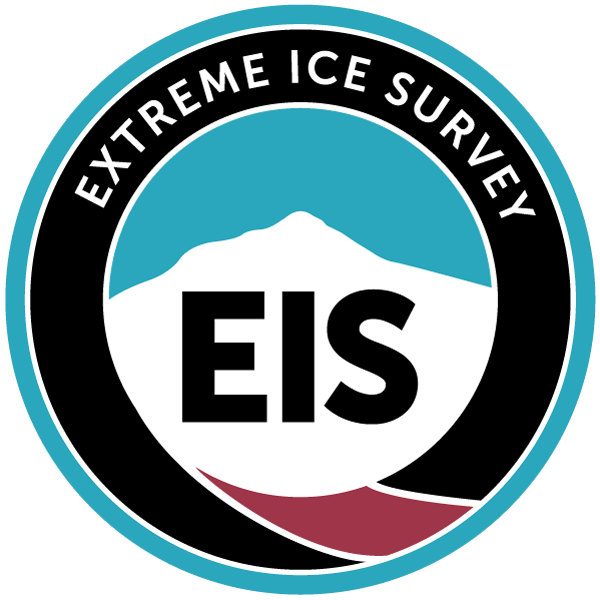
The Alternatives Section describes the process that was used to develop, evaluate, and eliminate potential alternatives based on the purpose and need of the project. Some of the common needs include transportation demand, safety, legislative direction, urban transportation plan consistency, modal interrelationships, system linkage, and the condition of an existing facility.Īlternatives. The purpose and need drives the development of the range of alternatives. The Purpose and Need Section of an EIS is one of the most important and should therefore be clear and well documented. The following is a brief summary of the major EIS sections: Principle #1: Tell the Story Guidance on Making a Quality EIS SummaryįHWA’s Technical Advisory (T 6640.8A) provides detailed guidance on the preparation of the NOI, the scoping process, and the information that should be included in the EIS. There is no required format for an EIS summary.ĮDC2: Implementing Quality Environmental Documentation
#What is an eis how to
FHWA has prepared guidance on how to develop an EIS summary as well as a template that could be applied to a summary that has a “reader-friendly” format. That summary needs to be concise and comprehensible to the general public as well as technical reviewers.

The FEIS will address the comments on the draft and identify, based on analysis and comments, the “preferred alternative.”īoth the draft EIS and the FEIS, according to CEQ requirements, must have a summary.

Following a formal comment period and receipt of comments from the public and other agencies, the FEIS will be developed and issued. The draft EIS provides a detailed description of the proposal, the purpose and need, reasonable alternatives, the affected environment, and presents analysis of the anticipated beneficial and adverse environmental effects of the alternatives. Public involvement and agency coordination continues throughout the entire process. Scoping, an open process involving the public and other Federal, state and local, agencies, commences immediately to identify the major and important issues for consideration during the study. The NOI is published in the Federal Register by the lead Federal agency and signals the initiation of the process.


 0 kommentar(er)
0 kommentar(er)
